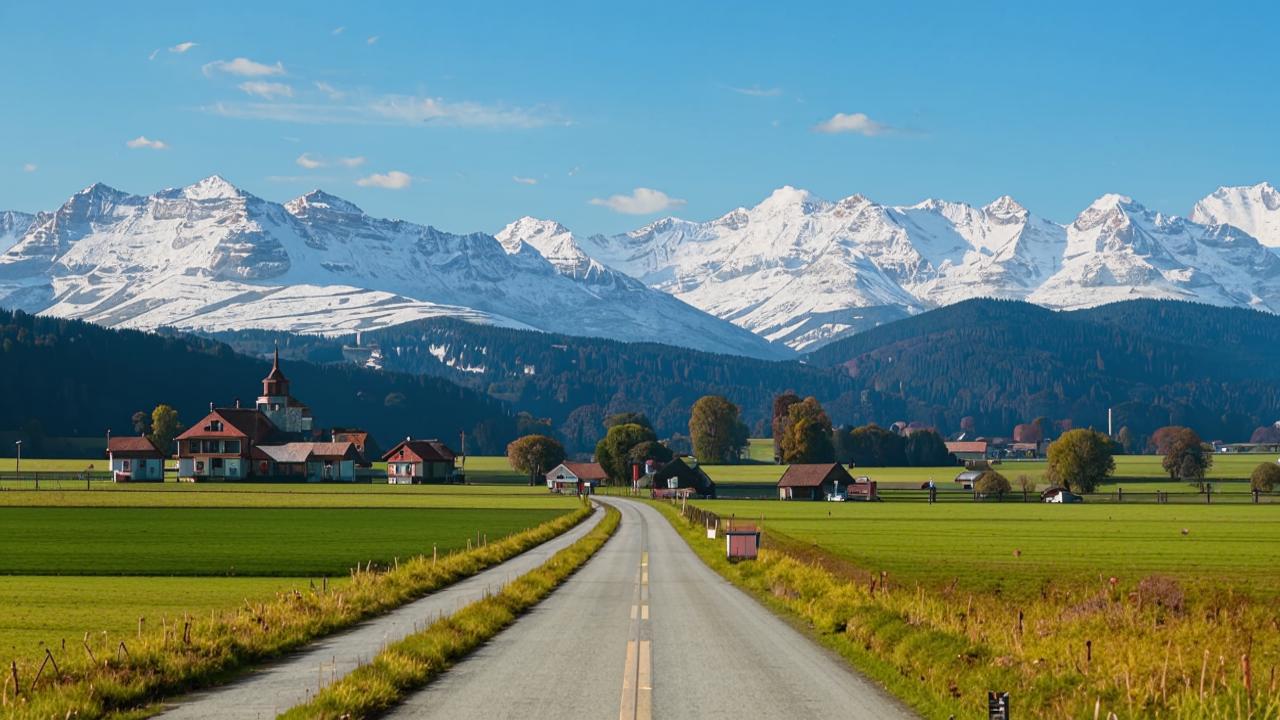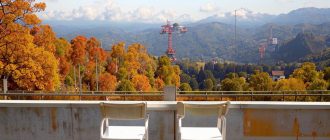
Prezident spoločnosti Pro-Vision, autor komunity Vinogradov.story
“If nature wanted to impress a man, the first thing she would show him would be volcanoes. Even if you have traveled to many countries around the world, slept in the Amazon jungle, drank tea with Yakut reindeer herders in the heart of the snowy tundra, and made a kora (detour) around the sacred mountain of Tibet, you still can’t contain your excitement at the sight of a volcano. I tell you which fire-breathing mountains of the world deserve special attention.”
Vesuvius (Italy)
My personal top opens Vesuvius – the great and terrible. The legendary volcano, located 15 km from Naples, has a reputation as one of the most dangerous on the planet. In 79 AD it buried the city of Pompeii under a layer of rocks and ash, and in 1944 – sowed a serious panic, throwing a fountain of lava over the crater. Now Vesuvius is dormant, but even in its dormant state, its power strikes the imagination and its beauty is mesmerizing.
Despite the reputation of the volcano-destroyer (or maybe just because of it), millions of tourists from all over the world come to see Vesuvius. Some limit themselves to viewing the mountain from a safe distance, while others take a tour and go up to the very mouth of the volcano.
Realizing that the flow of extreme tourists can give a powerful impetus to the development of the tourist industry, the Italian authorities have laid a good road on the slopes of Vesuvius, so you can get to the top even without special training. To look into the crater, you will have to walk part of the route, but it is definitely worth it – when you stand at the top and breathe in the air saturated with gray, you feel awe at the majesty of the natural element.

Vesuvius
Fujiyama (Japan)
Mount (or, scientifically speaking, stratovolcano) Fujiyama is one of the main attractions of Japan and occupies an important place in the culture of this country. Fujiyama is considered a sacred place where every self-respecting Japanese should visit at least once in a lifetime. Not lagging behind the locals and tourists who dream of meeting the dawn at the top of the highest mountain in the Land of the Rising Sun.
As in the case with Vesuvius, travelers have two options to get acquainted with Fujiyama: with climbing and without. The best view of Fujiyama is from the observation deck on Mount Tenjo. You can get there by cable car from the city’s train station.
The climb to the top is a slightly more difficult quest. First, you can only do it during the summer (usually from July to the end of August). Secondly, you have to be ready for a five-hour night climb to the height of 3776 meters. And although it is not necessary to be a mountaineer to overcome this path, strong health and good physical shape will definitely not be superfluous.
The most popular and accessible route for beginners (Yoshida) runs along the mountainside from Yamanashi Prefecture and can be reached by direct bus from Tokyo. However, it is important to keep in mind that since the climbing season lasts only a couple of months and there are a lot of people who want to climb Fujiyama, you will probably have to climb the mountain surrounded by a lot of tourists.

Fujiyama
Kilauea (USA)
Very often people dreaming to see the volcano want to see not just a high mountain with a funnel at the top, but like in the movies – smoke, fire, lava flows. With all the riskiness of such an event, it should be noted that some volcanoes on our planet still offer to realize it – and at the same time not to part with life. One of them is Kilauea.
This is a young and dangerous volcano located in the southeast of the Hawaiian Islands, on the territory of the Hawaiian National Volcanic Park. It is known for its regular eruptions, the last of which was dated June 2024. At the top of the volcano is a huge caldera – a basin measuring 3×4 km, from which a column of volcanic gas is constantly coming out, and inside the bubbling streams of newly arrived magma.
The peculiarity of the relief is that it is possible to get relatively close to all this frightening beauty. The distance from one of the viewing platforms to the lava lake, for example, is only 50 meters! If you stay on the equipped path and follow all the requirements of the guides, you can see the huge, almost cosmic power of Kilauea without risk.

Kilauea
Eyjafjallajökull (Iceland)
Eyjafjallajökull became world famous in 2010, when a massive eruption of volcanic ash clouded the skies over Europe. The damage was suffered both by local air carriers, who lost billions due to canceled flights, and by the rest of the world’s inhabitants, who suffered linguistic trauma due to the unreadable name of the culprit.
Today, the best place to see the aftermath of the eruption is in the valley of the Toorsmörk Mountains. This natural oasis directly below the volcano offers a panoramic view of the ice cap, which is still partially covered with ash. There are also many waterfalls, glaciers, mountain rivers and lakes – Icelandic picturesque and unspoiled by man. The area is also home to various species of animals, including reindeer, moose, wolves and bears.

Eyjafjallajökull
Kliuchevskaya Sopka (Russia)
Kliuchevskaya Sopka is an active stratovolcano located in Kamchatka. Its beauty, power and opportunities for active recreation make it one of the most popular tourist destinations not only in the region, but also in Russia as a whole.
The starting points to get acquainted with the volcano are usually the villages of Klyuchi and Kozyrevsk – from Petropavlovsk-Kamchatsky it is a 9-10 hours drive by shuttle bus. To reach the foot of the volcano on foot, it will take another day and a half, but this route is not recommended for safety reasons, because part of the way passes through a forest inhabited by bears.
Most travelers end up preferring a car tour with a drop-off at the foot. Is the result worth all the hassle? I’m pretty sure it is. Walking along the frozen lava flows, visiting volcanic caves, watching the cracks in the lava throw jets of steam into the air (locals manage to cook kebabs on it) – you get impressions for many years to come.
Taranaki (New Zealand)
The epithets “picturesque”, “unique” and “breathtaking”, it seems, can be applied to any natural object on the territory of New Zealand. However, the Taranaki volcano still deserves them in the highest degree. It ranks second among the most beautiful and regular in shape cone-shaped mountains on Earth (after Japan’s Fujiyama), and is also among the most attractive natural formations visible from space.
From afar you can admire Taranaki Volcano from Egmont National Park, and for those who want to test themselves and climb above the clouds, there are several tracks that encircle the mountain like a spider’s web.
I’ll warn you right away: although the ascent is considered accessible for tourists without special training (but in good physical shape), it is actually quite difficult. The route passes through jungles, streams, rocky gorges and wind-blown rocky plateaus, part of the way you have to climb on massive boulders. However, all the accumulated fatigue is removed when you get to the top and see the snow-covered crater, which is framed by a vast sea of clouds. An unforgettable sight!

Taranaki






